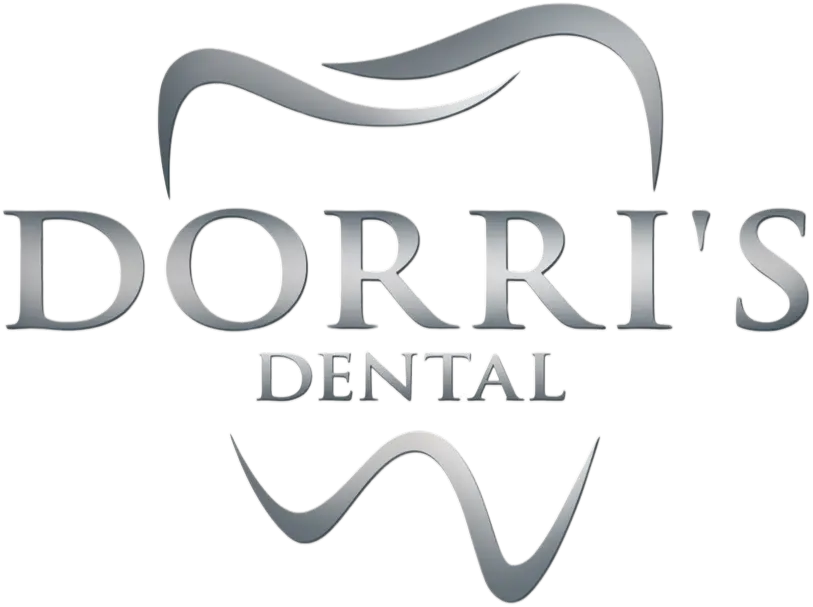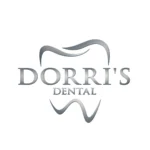“`html
What is a Maryland Dental Bridge?
Missing a tooth can be more than just a cosmetic issue. It can affect your bite, speech, and even your self-confidence. At Dorri’s Dental in Boynton Beach, FL 33436, we understand the importance of a complete and healthy smile. That’s why we offer various tooth replacement options, including dental bridges. But what exactly *is* a dental bridge, and is a Maryland bridge the right choice for you? Let’s explore one particular type of bridge – the Maryland bridge.
Understanding Dental Bridges
Before we dive into the specifics of a Maryland bridge, let’s quickly recap what a dental bridge is in general. Think of it like this: a bridge “bridges” the gap created by a missing tooth. It consists of a false tooth (called a pontic) that is held in place by abutment teeth (the teeth on either side of the gap).
There are several types of dental bridges, including:
- Traditional Bridges: These involve creating crowns for the abutment teeth and attaching the pontic to those crowns.
- Cantilever Bridges: These are used when there’s only an abutment tooth on one side of the missing tooth.
- Maryland Bridges: We’ll discuss these in detail below!
- Implant-Supported Bridges: These are supported by dental implants rather than natural teeth.
For more information about traditional bridges, check out our page on bridges and crowns!
What Makes a Maryland Dental Bridge Unique?
A Maryland bridge, also known as a resin-bonded bridge or a Maryland-bonded bridge, is a more conservative type of dental bridge. Instead of crowns, it uses a framework (usually metal or porcelain) that is bonded to the back of the adjacent teeth. Think of it like a “wing” attached to the back of each tooth next to the gap.
Here’s a breakdown of the key features:
- Minimal Tooth Preparation: This is the biggest advantage! Less of your natural tooth structure needs to be removed compared to traditional bridges.
- Bonded to Adjacent Teeth: The pontic is held in place by metal or porcelain “wings” that are bonded to the backs of the abutment teeth.
- Less Invasive: Since less tooth structure is removed, it’s considered a less invasive procedure.
- Good for Front Teeth: Maryland bridges are often used to replace missing front teeth, where aesthetics are a primary concern.
Who is a Good Candidate for a Maryland Bridge?
Maryland bridges aren’t for everyone. Here are some factors that make someone a good candidate:
- Missing a Front Tooth: They work best for replacing front teeth.
- Healthy Abutment Teeth: The adjacent teeth need to be strong and healthy enough to support the bridge.
- Good Oral Hygiene: Maintaining excellent oral hygiene is crucial for the longevity of any dental restoration, including Maryland bridges.
- Sufficient Enamel: There needs to be enough enamel on the back of the abutment teeth for proper bonding.
If you’re wondering if you’re a good candidate, schedule a consultation with us at Dorri’s Dental! You can book an appointment online.
Maryland Bridge Procedure: What to Expect
So, what does the process of getting a Maryland bridge look like?
- Consultation and Exam: We’ll examine your teeth and discuss your options to determine if a Maryland bridge is right for you.
- Preparation: Minimal preparation of the abutment teeth is required. We might roughen the backs of the teeth slightly to create a better bonding surface.
- Impressions: We’ll take impressions of your teeth to create a custom-fit bridge.
- Bridge Fabrication: The impressions are sent to a dental lab, where the bridge is fabricated.
- Bonding: Once the bridge is ready, we’ll bond it to the backs of your abutment teeth using a strong dental adhesive.
Pros and Cons of Maryland Bridges
Like any dental procedure, Maryland bridges have their advantages and disadvantages.
Pros:
- Conservative: Minimal tooth structure removal.
- Less Invasive: Less trauma to the teeth.
- Aesthetic: Can provide a natural-looking result, especially for front teeth.
- Cost-Effective: Often less expensive than traditional bridges or implants. Check out our insurance and financing options!
Cons:
- Not as Strong: May not be as strong or durable as traditional bridges.
- Bonding Issues: The bond can sometimes fail, requiring re-bonding.
- Not Suitable for All Locations: Best suited for front teeth.
- Limited Chewing Force: Not ideal for areas with high chewing forces.
Thinking about other options? We also offer dental implants as an alternative.
Caring for Your Maryland Bridge
Proper care is essential for the longevity of your Maryland bridge.
- Brush and Floss Regularly: Pay extra attention to the areas around the bridge.
- Use a Fluoride Toothpaste: Helps strengthen your teeth and prevent decay.
- Avoid Hard or Sticky Foods: These can dislodge the bridge.
- Schedule Regular Dental Checkups: We can monitor the bridge and address any potential problems early on. Regular exams are important!
FAQs About Maryland Bridges
Here are some frequently asked questions about Maryland dental bridges:
- How long does a Maryland bridge last?
- With proper care, a Maryland bridge can last for several years, but they typically don’t last as long as traditional bridges or implants. Longevity depends on factors like oral hygiene and chewing habits. For a more comprehensive look at longevity, read our article on how long do dental implants and bridges last?
- Does a Maryland bridge hurt?
- The procedure itself is generally painless, as it involves minimal tooth preparation. Some patients may experience mild sensitivity afterward, but this usually subsides quickly.
- Can a Maryland bridge be whitened?
- No, the material used for the bridge itself cannot be whitened. However, you can whiten your natural teeth before getting the bridge to ensure a good color match. Learn more about teeth whitening at Dorri’s Dental.
- What if my Maryland bridge comes loose?
- Contact us immediately! Do not try to re-bond it yourself. We can re-bond the bridge or discuss alternative treatment options.
Have more questions? Don’t hesitate to contact us at Dorri’s Dental in Boynton Beach, FL 33436.
Is a Maryland Dental Bridge Right for You?
Ultimately, the best way to determine if a Maryland bridge is the right solution for your missing tooth is to schedule a consultation with us. We’ll assess your individual needs and help you make an informed decision.
At Dorri’s Dental, we’re committed to providing you with the best possible care and helping you achieve a healthy, beautiful smile. We hope this information has helped you understand what a Maryland dental bridge is and whether it might be a suitable option for you.
Contact us today to learn more about dental bridges and other tooth replacement options!
“`
Book Your Next Appointment Below
Located on 12658 S Military Trl Suite 104, Boynton Beach, FL 33436, our detailed assessment ensures that all your dental needs are addressed.
Not Sure What You Need?





